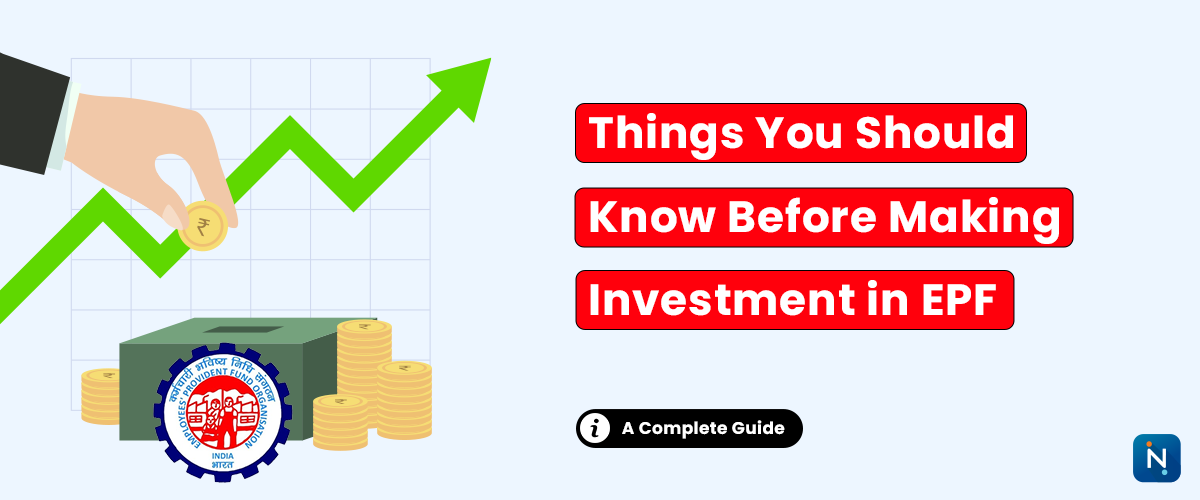
Things You Should Know Before Making Investment in EPF
The Employees’ Provident Fund (EPF) is a
cornerstone of retirement planning for salaried employees in India. While EPF
offers tax benefits and long-term savings, it's important to understand how it
works before you start investing in it.
At IndiaLends, we not only help you get quick personal loans when you need them, but also provide
expert insights to make smarter financial decisions—including long-term
investments like EPF.
Matrix-Driven Insights: Key Aspects
of EPF Investment
|
Aspect |
Description |
Why It Matters |
Your Action |
|
Eligibility |
Mandatory for salaried employees
earning up to ₹15,000/month |
Ensures consistent retirement
savings |
Automatically deducted by your
employer |
|
Contribution |
12% of basic salary from employee +
12% from employer |
Builds long-term wealth over your
career |
Check salary slips for contribution
details |
|
Interest Rate |
Set annually by EPFO (8.25% for FY
2024-25) |
Higher than most fixed deposits |
Interest is tax-free if rules are
met |
|
Lock-In Period |
Till retirement (can withdraw
partially) |
Long-term savings benefit |
Avoid early withdrawal unless
necessary |
|
Tax Benefits |
Tax deduction under Section 80C +
tax-free interest |
Helps reduce taxable income |
Maximize 80C up to ₹1.5 lakh/year |
|
UAN |
Universal Account Number to manage
your EPF |
Tracks all contributions and
transfers |
Activate and manage via EPFO Portal |
|
Digital Access |
Use UMANG app and EPFO portal for
tracking |
No paperwork, instant updates |
Check balance, passbook, and claims
online |
Why EPF is a Strong Long-Term
Investment
Want to compare EPF with other savings options? Check
our guide on best long-term investment options.
Things to Watch Out For
Internal Resources from IndiaLends
Frequently Asked Questions (FAQs)
Can I invest in EPF voluntarily?
EPF is mandatory for eligible salaried employees.
However, you can increase your savings by contributing to Voluntary
Provident Fund (VPF).
Is the EPF interest rate fixed?
No. The interest rate is declared annually by the
EPFO. It may vary each financial year.
What happens to my EPF if I switch
jobs?
You should transfer your existing PF balance to your
new employer's UAN to keep your savings in one place.
Can I check my EPF balance online?
Yes, through the UMANG app or EPFO portal.
You’ll need your UAN and OTP for access.
Are EPF withdrawals taxable?
Withdrawals after 5 years of continuous service are
tax-free. Premature withdrawals may attract tax.
Apply Now
Need funds while your EPF remains locked till
retirement? Get an instant personal loan from IndiaLends—paperless, fast, and tailored to
your needs.
EPF is more than just a retirement
fund—it's a disciplined,
government-backed savings vehicle. But understanding its structure and rules
helps you get the best out of it. With guidance from IndiaLends, you can
align your short-term financial needs and long-term savings goals, all in one
place.